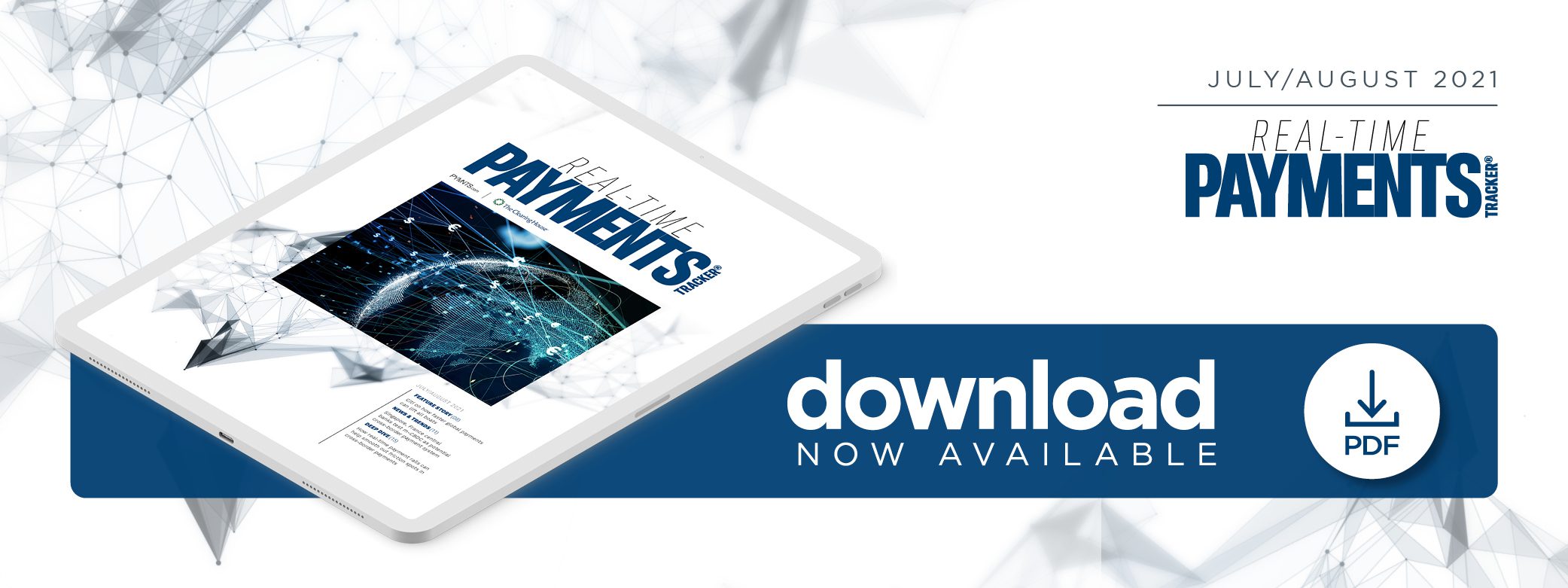Citi On How Faster Global Payments Can Lift All Boats

Waiting hours or days for cross-border payments can be painful for independent contractors, in some cases forcing them to borrow money or fall back on payday loans to stay afloat. In the Real-Time Payments Tracker, Citi’s Melissa Tuozzolo explains how real-time payment networks can help workers get a handle on their expenses.
Financial institutions (FIs) began modernizing their digital payments systems a decade ago, recognizing that legacy systems were starting to fall behind the around-the-clock nature of the global economy. Businesses were slow to adopt many new services and capabilities, such as real-time tracking of payments and SWIFT gpi data, until the pandemic hit last year.
“All of a sudden these capabilities were there, and we saw clients using things at a scale that we hadn’t seen before,” said Melissa Tuozzolo, head of Payments Financial Market Infrastructure and Industry for Citi. “When everybody is working from home, you don’t have access to your systems. Being able to easily go in and then digitally see what’s going on with the payment has been incredibly useful.”
The pandemic served as a driving force when it comes to the way the global economy pays and gets paid for goods and services, with consumer behavior accelerating the adoption of eCommerce and digital payments. A survey from May 2020 found that more than 39 percent of consumers were shopping online more than they did prior to the pandemic.
Read more: How The Stage Was Set For The Pandemic’s Great Digital Shift
The share of businesses that believed it was important to offer digital sales methods jumped from 48 percent before the pandemic to 66 percent after it struck.
See more: Deep Dive: How The Pandemic Is Pushing Global B2B Firms To eCommerce Channels, Marketplaces
With this boost came a renewed focus on the need to improve real-time payments. The existing organizations that process much of the $27 trillion in cross-border payments are viewed as slow, clunky and error-prone, especially when compared to the straight-through processing rails being laid domestically by FinTech firms such as Venmo. One study estimated it could take days and sometimes weeks for cross-border payments, especially high-value payments, to make it through multistep processing.
Read more: NEW REPORT: US, UK Firms Prioritize Innovation To Speed X-Border Payment Flows
Modernizing Payment Infrastructure
The payment infrastructure system is plagued by a patchwork of non-interoperable data standards as well as varying hours of operation, according to Tuozzolo. This means a payment from an Australian company to a U.S.-based company could be held up until the bank system reopens the next day. These outdated systems increasingly do not make the cut, she said.
“We’ve seen a real increase in transactions in the eCommerce space,” she said. “All of these business models naturally tend to be real time, 24/7. To be able to make payments 24/7 just seems natural to [consumers], especially in the eCommerce space, the markets [and] the gig economy space.”
Modernizing worldwide payment infrastructures could fundamentally change the way businesses and gig economy workers budget and operate, Tuozzolo said. Some independent contractors may have to borrow money or take out payday loans while waiting for a cross-border payment, for example.
“This absolutely moves the needle for them, because no longer are they waiting hours or days to get paid, and now they’re able to refill their car or motorbike with gas if they can get paid nearly instantly,” she said.
Likewise, instant payments would allow businesses to rethink their corporate treasury models and liquidity, reorder supplies sooner or negotiate better trade deals if they know when a payment is guaranteed to arrive.
Tuozzolo said she believes upcoming changes, such as SWIFT’s release of ISO 20022 standards, increased use of application programming interfaces (APIs) and even emerging innovations, such as blockchain and central bank digital currencies (CBDCs), will help smooth out sources of payment frictions.
“The more we can move these systems to 24/7, shift business models, incorporate the better data sets and, again, really drive towards this 100 percent certain, instant, frictionless payments space, I think the better off we’ll all be — and the world’s economy will be,” she said.
